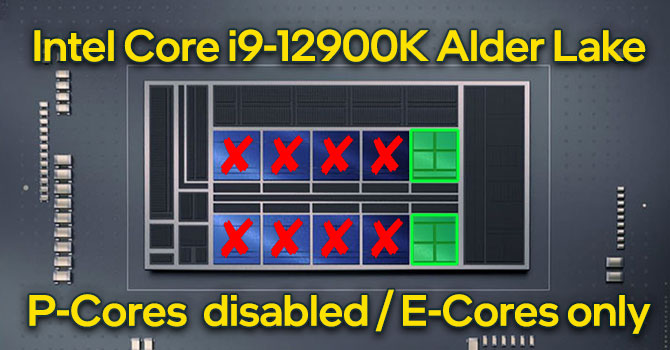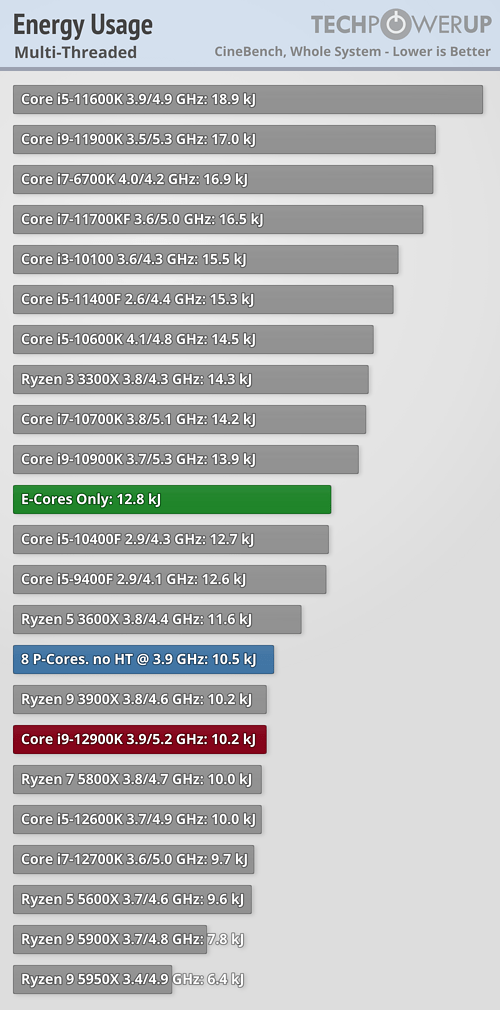That's why I used the word "seemingly". It's just needlessly awkward. It's like tripping over your own feet. Clumsy, in a word.
Core 2 merely stood for the 2nd generation of the Core series which was available in Core 2 Solo for single-core, Core 2 Duo for dual-cores and Core 2 Quad for quad-cores models.
Do you really think that either I
don't know that or that the
average consumer did?
Back when Core 2 Duo launched, most people hadn't noticed the Core Solo & Core Duo, because they were laptop-only CPUs. Moreover, the Core 2 Quad didn't yet exist and was initially a somewhat niche product until the 45 nm generation.
The word "Core" is bad, because it confuses whether the number following it specifies the number of cores or the generation. Further, using sequential numbering
and an ordinal word is potentially confusing about which means what.
If you heard the phrase "Core 2 Duo", for the very first time, and you had no reason to think the speaker knew what they were talking about, you might reasonably presume they
meant "Two core duo". That shows just how problematic their usage of the word "Core" is.
I'm convinced that marketing people sometimes hold the view that awkward and confusing names are sometimes good. They count on people to invest in understanding the branding as a means of spreading it. If you have to explain it, that gives it free publicity, and then others feel "in the know". It's probably not too similar to the idea that people have better retention and comprehension of text written in bad handwriting or a less legible font. However, what makes an effective branding strategy can clearly deviate from what makes a sensible one.





